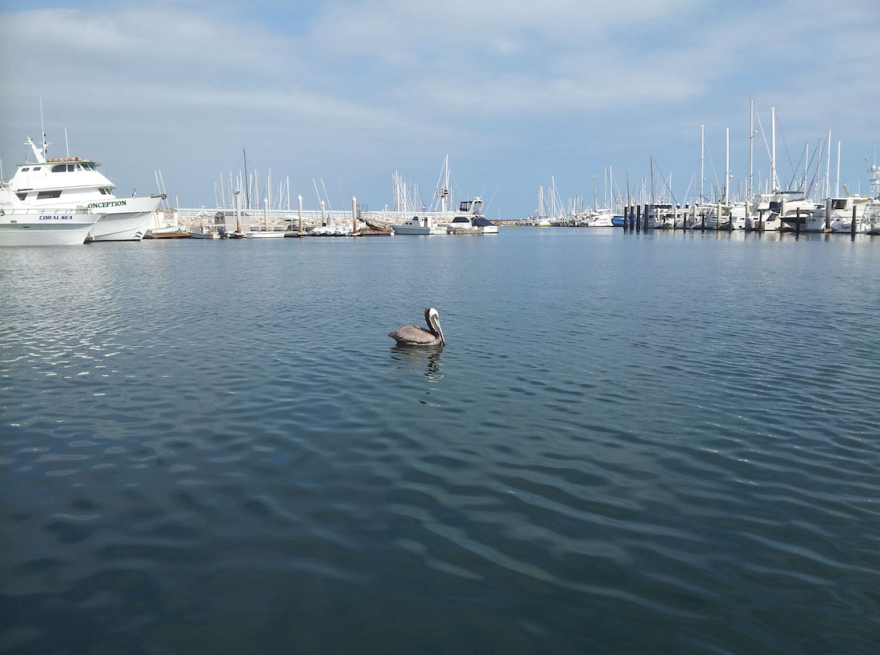A new study from Cal Poly sheds light on how climate change is affecting ocean temperatures off the Central Coast.
The study focuses on two types of extreme temperature events: long periods of warm water called marine heat waves, and long periods of cold water called marine cold spells.
Researchers from Cal Poly and the Virginia Institute of Marine Science looked at 45 years of data to figure out how these extreme events are affecting the ocean.
“Our research really examines the why and the how and what's causing these extreme events,” Cal Poly Physics Professor Ryan Walter said.
Walter said in the past few decades, climate change has contributed to an increase in the number and strength of marine heat waves– but he says there's something interesting happening that shields the California Coast from experiencing the same temperature rise as the rest of the world.
It’s called upwelling, which happens when winds blow along the coastline and the Earth's rotation brings up cold water from the bottom of the ocean to the near shore.
Walter said this not only leads to cold events in the ocean, but it also plays an important role in protecting California’s coast from heatwaves.
“The cold waters coming up from the bottom of the ocean are causing that climate change signal to be a little bit more muted than you'd see at other locations around the globe,” Walter said.
However, this doesn't mean California is safe from the effects of extreme temperature events.
In 2014, a marine heatwave hit the Central Coast. The year after, the warm climate pattern El Niño hit California, which also warmed ocean temperatures.
Walter said this caused long-lasting ecological and economic problems, such as the death of kelp forests and collapse of fisheries.

This year, another El Niño has arrived in California.
Michael Dalsin, a Cal Poly physics undergraduate, said looking at past patterns suggests this could cause serious issues for marine life.
“In a strong El Niño year, you're going to see a lot more heat waves,” Dalsin said. “They're going to last longer, and so the risk for heat waves in coastal California is going to follow that and go up.”
Dalsin hopes the new research will improve predictions of extreme events. This way, biologists can use this information to help protect the ocean and its ecosystems.
“To say something about how marine organisms will respond to future heat waves or have responded to past heat waves– that is potentially really impactful for marine management and studying those ecosystem impacts on a deeper level,” Dalsin said.




